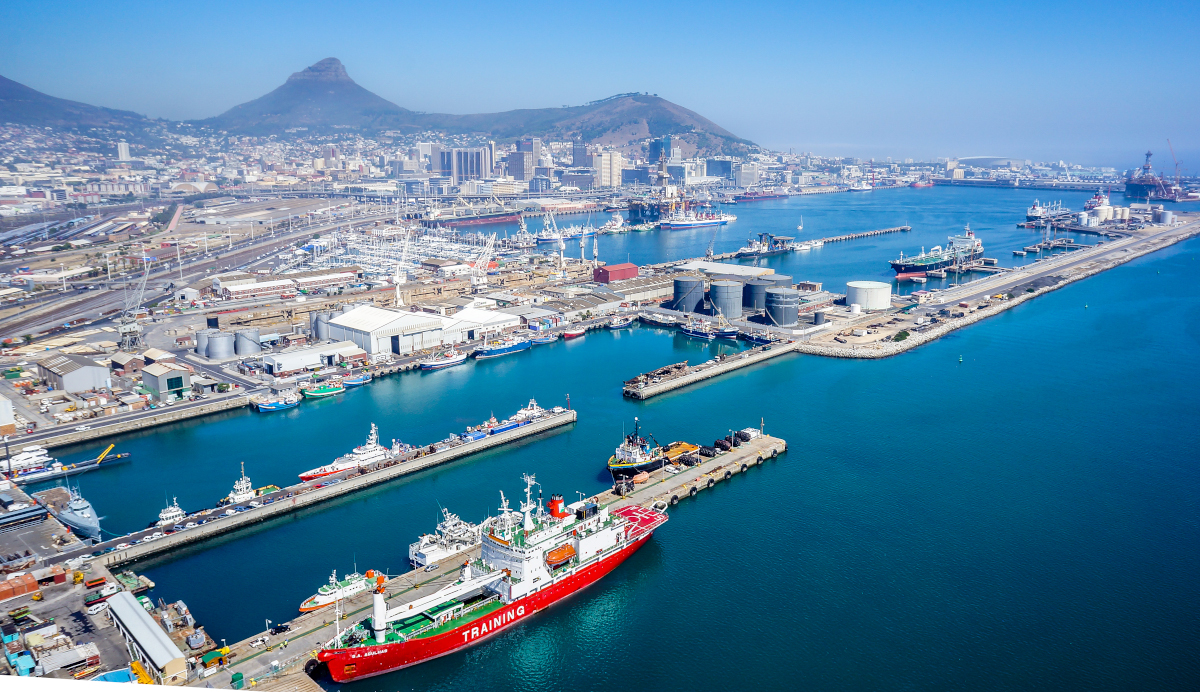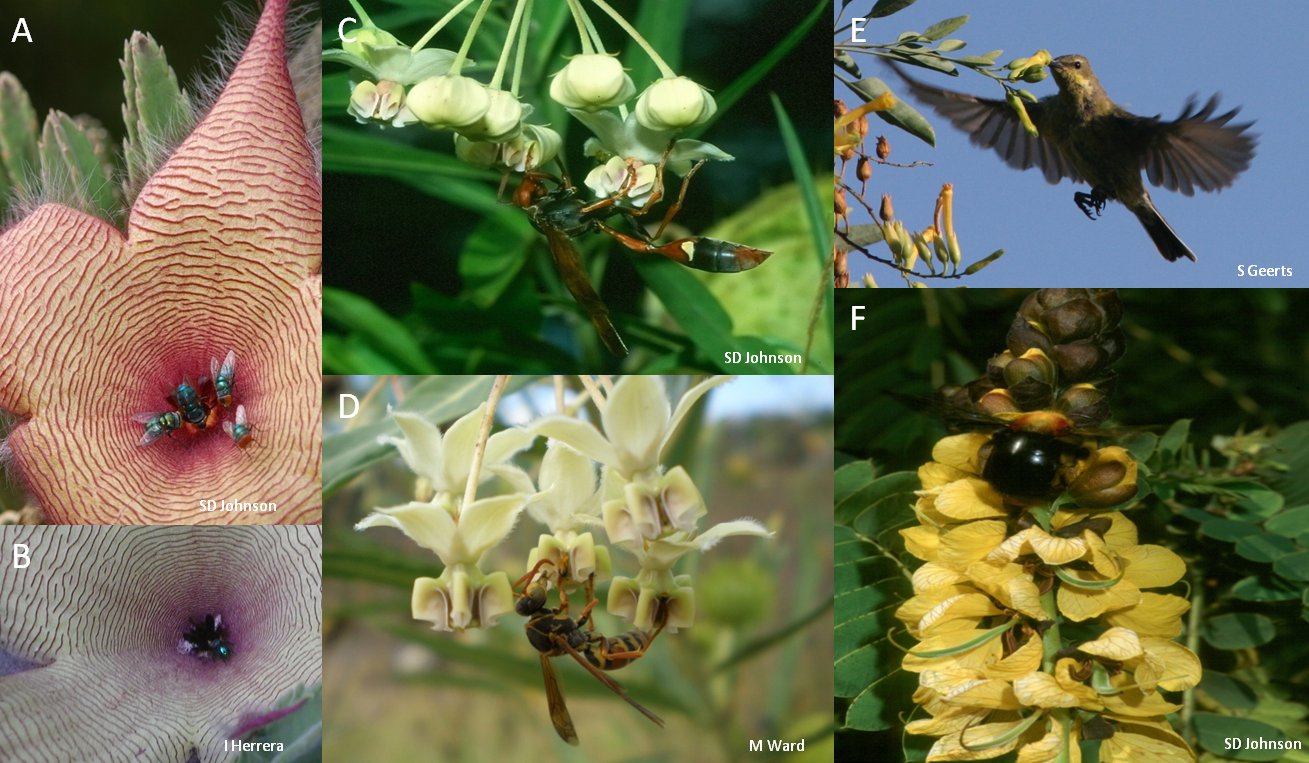C·I·B researchers develop tool to compare impacts of alien species
C·I·B core team member Sabrina Kumschick and C·I·B associate Petr Pyšek, together with collaborators from Europe, developed a concise tool to put a figure on the impacts of alien species.




